

Featured Article of the Month
8 Seasons in Japan on the Monbukagakusho Scholarship
By Mr Low Hong Ee
Stepping through the Akamon Gate of the University of Tokyo, I felt a beckoning into a world steeped in rich historical significance. As I made my way along the path lined by ginkgo trees, streaks of sunlight peeked through the whispering leaves, evoking a calm and contemplative serenity. At the end of the passageway, the imposing Yasuda Auditorium welcomed me to a rich world of academic and human knowledge. This mélange of feelings when I matriculated and subsequently graduated from a masters degree course at the University of Tokyo on the Monbukagakusho Scholarship marked the 2 fruitful years, or 8 seasons, in Japan. |
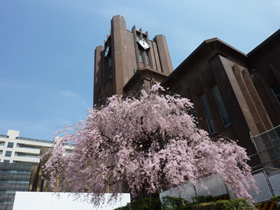 |
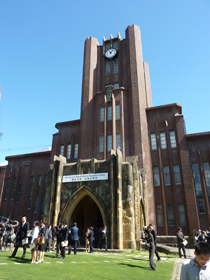 |
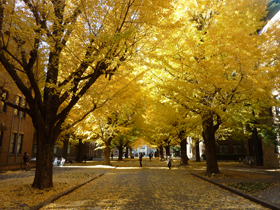 |
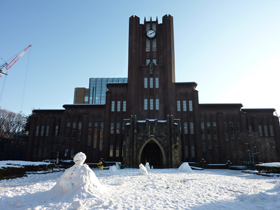 |
Lessons were insightful experiences, where I especially valued the opportunity to hear from academics from various fields highlighting interesting fields of research. In a class on the digital humanities, we discussed about the future of traditional libraries and it was inspiring to hear plans regarding the University of Tokyo’s General Library on Hongo campus. In another class on science communication, we broached the topic of science education in compulsory and public education. The academic analyses in the context of the 2011 Great East Japan Earthquake and the Fukushima Daiichi nuclear disaster provoked much thought on the state of human understanding of nature and the environment. In all, these learning occasions gave me perspectives I had not considered. |
My previous stint on the Japan Exchange and Teaching (JET) Programme in Ibaraki Prefecture surprised me with several firsts, and this second opportunity of an extended stay in Japan was just as memorable. In Ibaraki Prefecture, the wide swathes of rice fields, the infinite horizon of the Pacific Ocean and the expansive stretches of forests and rivers were a refreshing change from city life in Singapore. Based in Tokyo this time, the dynamism of the metropolis was an eye-opener. The cacophony of sights and sounds of cosmopolitan streets like Shinjuku and Ginza, urban subculture centers like Shibuya and Akihabara, and pockets of traditional enclaves like Asakusa and Ueno left me in awe. Such a dizzying array of diversity interspersed within such a small space took me by surprise. Every weekend was a thrilling urban hike between different areas of Tokyo, and there was something new to discover around every corner. |
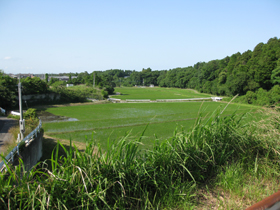 |
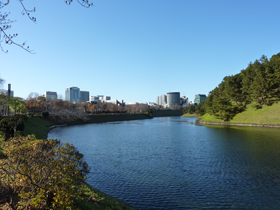 |
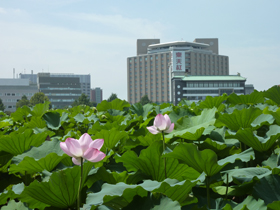 |
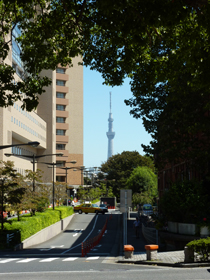 |
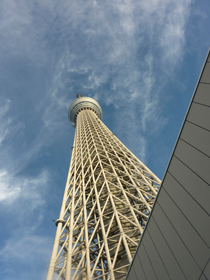 |
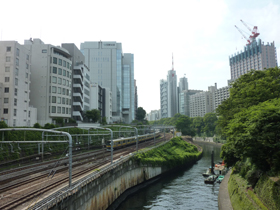 |
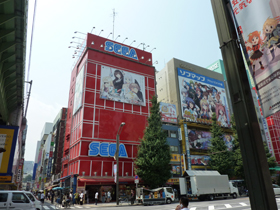 |
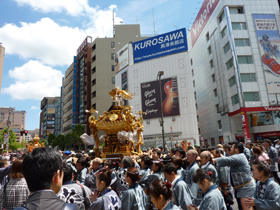 |
The longer semester breaks were naturally a delight as well. The changing seasons, coupled with cultural events and cuisine allowed me to feel more acutely the passage of time. Being introduced to local cuisine such as dozeu nabe by a fellow university friend, enjoying ohanami parties in Ueno Park with friends from Ibaraki Prefecture and soaking in an open hot spring rotemburo with spectacular vistas were some notable highlights. My subsequent marriage with my wife from Fukui Prefecture brought me to the Sea of Japan, where I immersed in local cultural highlights such as the Sagicho Matsuri, with its huge fires in the wintry cold of the Hokuriku region. |
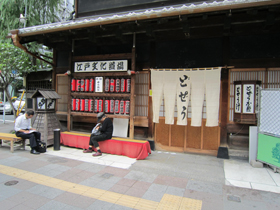 |
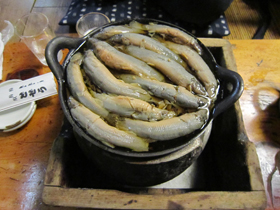 |
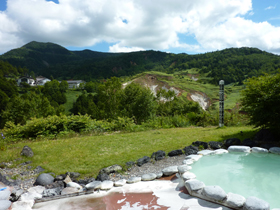 |
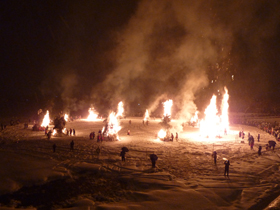 |
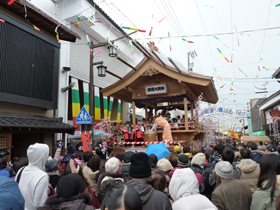 |
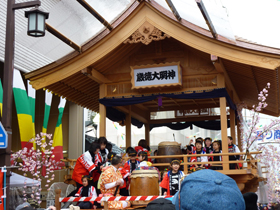 |
In all, these 8 seasons in Japan on the Monbukagakusho Scholarship have been a definitive and life-changing period of my life. I am most grateful for the opportunity to experience Japan in significant depth, having firsthand involvement with academia in Japan as well as understanding Japanese culture and daily life. |
About the Author
|
With a Monbukagakusho (MEXT) scholarship, Mr Low Hong Ee obtained a Master of Arts and Sciences (Information Studies) from the Graduate School of Interdisciplinary Information Studies, University of Tokyo in 2014. Previously, he was an Assistant Language Teacher in Ibaraki Prefecture on the Japan Exchange & Teaching (JET) Programme. Currently a lecturer in communication skills at Temasek Polytechnic, Mr Low Hong Ee is married to his wife from Fukui Prefecture, Japan. * All photos used in this article are provided by the author / © Mr Low Hong Ee |
|
Japan Creative Centre 4 Nassim Road, Singapore 258372 +65 6737 0434 / jcc@sn.mofa.go.jp http://www.sg.emb-japan.go.jp/JCC Nearest parking at Orchard Hotel & Delphi Orchard |
 |